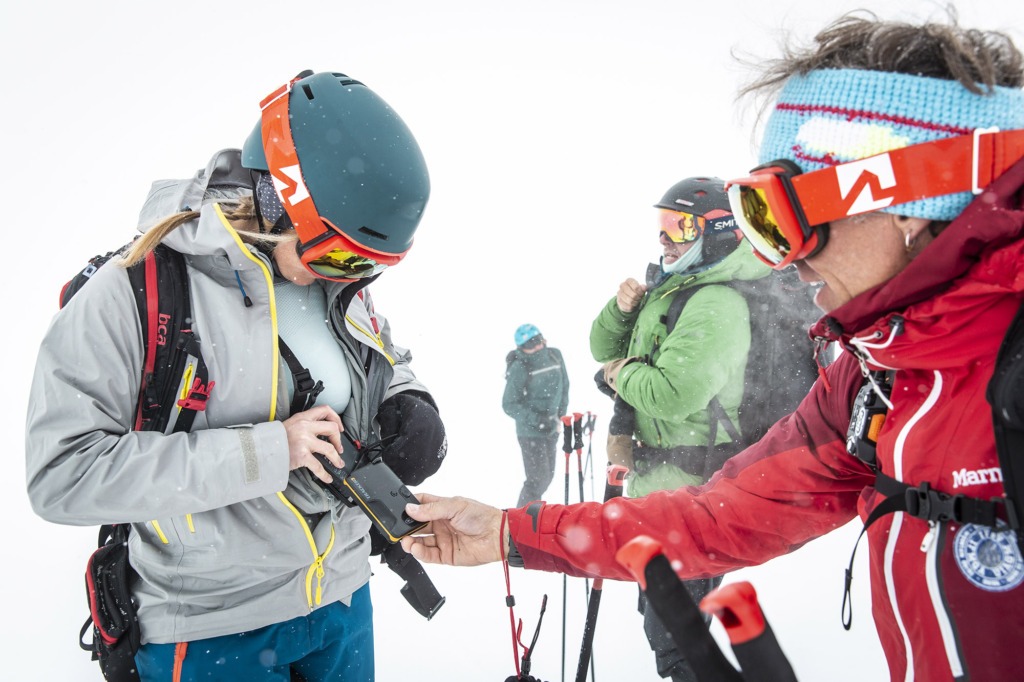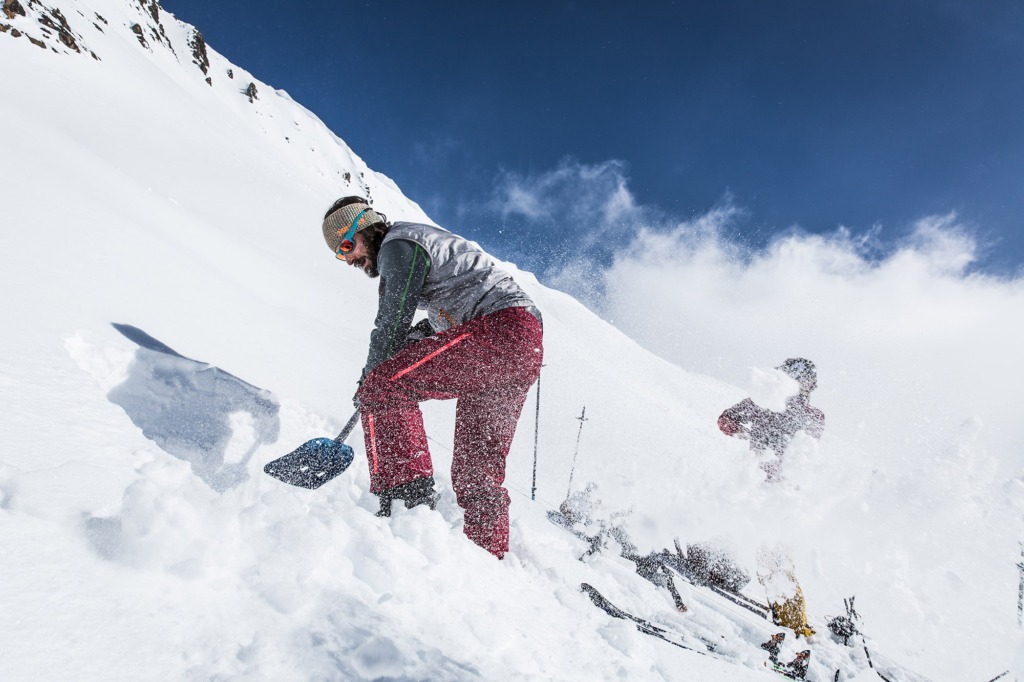Safety first – this equipment is mandatory!
everything you always wanted to know about gear
how to
Touring Hacks with Pros: How to carry your skis
How to carry skis When ascending during a ski tour, you can encounter tricky sections where it is better to take off your touring skis and carry them on your …
Stepping into bindings in deep snow
With a few tricks, it’s really easy to step into the bindings after removing the skins: in soft snow, insert the tail of both skis into the snow so that …
Are you well prepared?

